‘Whenever you see colour, think of us’, went the erstwhile by-line of a famous paint brand.
Allow me to propose a slight, yet significant, philosophical correction to this thought. I would rather that, ‘Whenever you see colour, think of prejudice’.
Boys are blue, girls are pink, virginal is white, festive is marigold, dirty is brown, winners are gold, losers are bronze, lust is red, Hindu is saffron, Muslim is green, sickness is grey, evil is black. Do I need to continue?
And this is why colour is prejudice. Whenever you see colour, see the stereotype and beware. Colour prevents us from seeing possibilities. It constrains us to a false reality. It creates artificial expectations.
When one understands this reality, they realize the many biases that influence their everyday purchase decisions.
When I buy a toy for my nephews, it better not be pink; this when they have never raised any objection to this aforesaid colour. Am I not propagating a myth that over time becomes a false reality?
When my wife asks for a formal fashion suggestion, I suggest a bright shade of marital red. Equally, I frown on the symbolism of any white garment. In the same vein, I would never attend a formal office gathering in anything but the epitome of professionalism, a light blue shirt.
Now, one may argue that these colours encode ages of distilled semiotic wisdom. They convey, in shorthand, the significance of the transaction.
But, now, I worry about whether I am just participating in yet another prejudiced behaviour. Am I colouring the world (pun intended) with my own biases?
Tellingly, the very sight of an object seems to create expectations that mask all our other senses. Imagine a pani poori. And now, imagine it overflowing with rasagolla chashni. Did not see that coming, did you?
I learnt this lesson at a casual visit to the exhibition ‘Dialogues in the Dark’ that masked our sense of sight and took us around six exhibits that we could only ‘see’ with our other four senses. This blindfolded experience was sensationally surreal. But, more importantly, it showed me how much I depend on sight to inform my opinions.
Now, nowhere am I suggesting that we all go blind. But, I do believe that we need to be conscious of the biases created by colour (and, more fundamentally, sight itself!).
Why is all this important to the reader of this site, one may wonder.
Firstly, almost all truth is relative to the biases of the receiver. The more aware we are of these biases, the more we are able to see all sides of the story and make a conscious choice of the ‘truth’ we wish to believe.
Less metaphysically speaking, most current marketing seems to go by like a ship-in-the-dark because it rides on preconceived (and acceptable) notions, rather than creating new (and disruptive) narratives.
I propose that these new narratives and disruption are the very lifeblood of progress. Incremental innovations do mark an improvement, but they do not fire up the consumer’s imagination or push the limits of possibilities.
Then the question becomes, does colour and our created biases around it hinder such disruption?
There are some (few?) examples to the contrary. Somebody did challenge Mr. Ford’s notion of “any colour as long as it is black”. United Colours of Benetton became a multi-billion brand by riding on our insecurities around colour. Of relatively more recent vintage, Allen Solly did challenge conventions with Friday Dressing. Then, just last week, on my Facebook newsfeed, I saw a picture of a pink Rolls Royce Phantom parked outside a posh Hong Kong hotel. There are some brave people out there!
But, for each such example, there are a million examples out there that chose to reinforce trite conventions and choose to follow the trodden path.
If colour and sight are the primary sense with which we engage the world, it only makes sense that they are also the most crucial signifier of disruption and change.
In a line, if you wish to shake up the status quo, start with colour!
Alternatively, in a remix mood;
Roses are not red, violets need not be blue.
Sugar is certainly not sweet (for some), so what colours you?
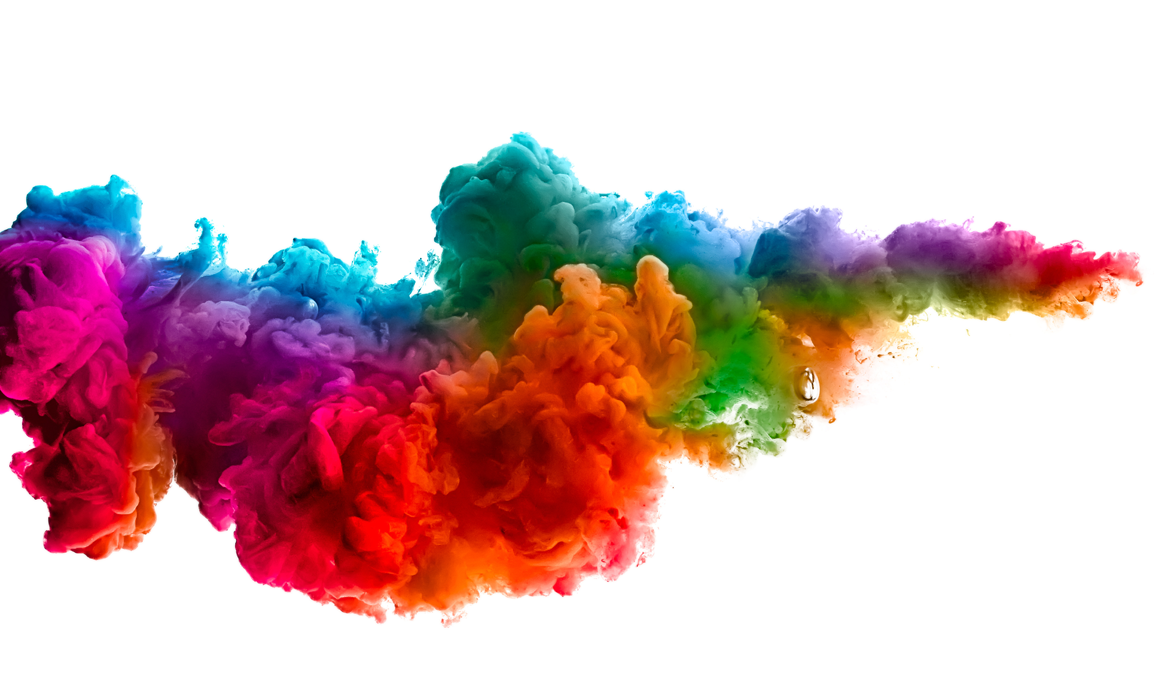


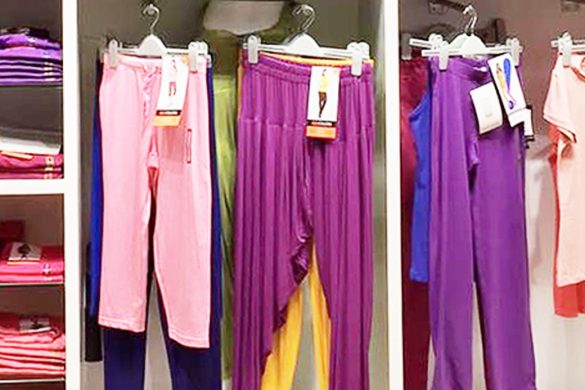
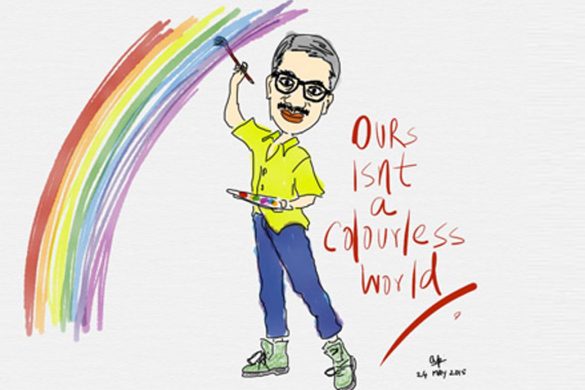
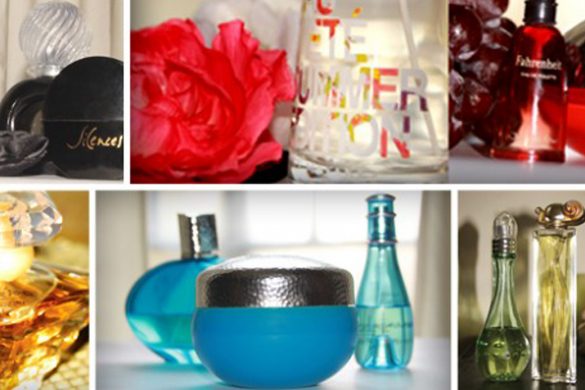

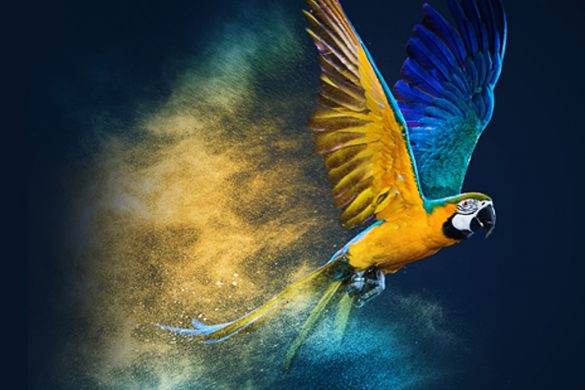
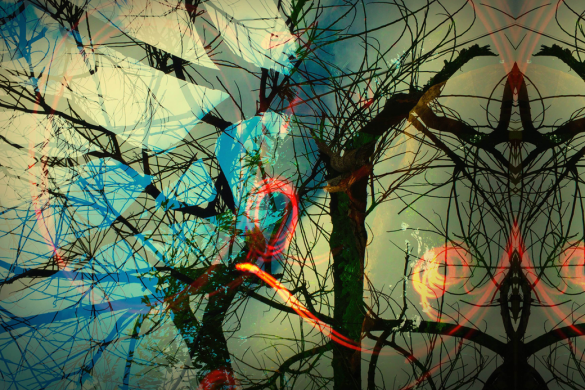
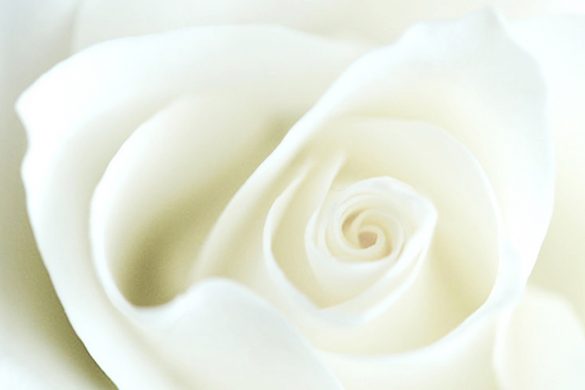
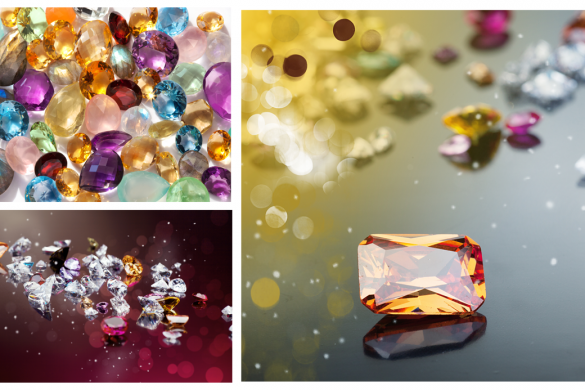


1 comment
I really value your content.
The post has really peaks my interest. I’m going to
bookmark your site and keep checking for new info.